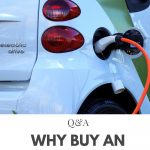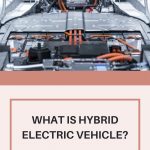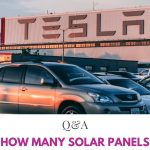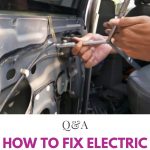Solar Panels Shade Tolerant
Topic: Solar Panels Shade Tolerant
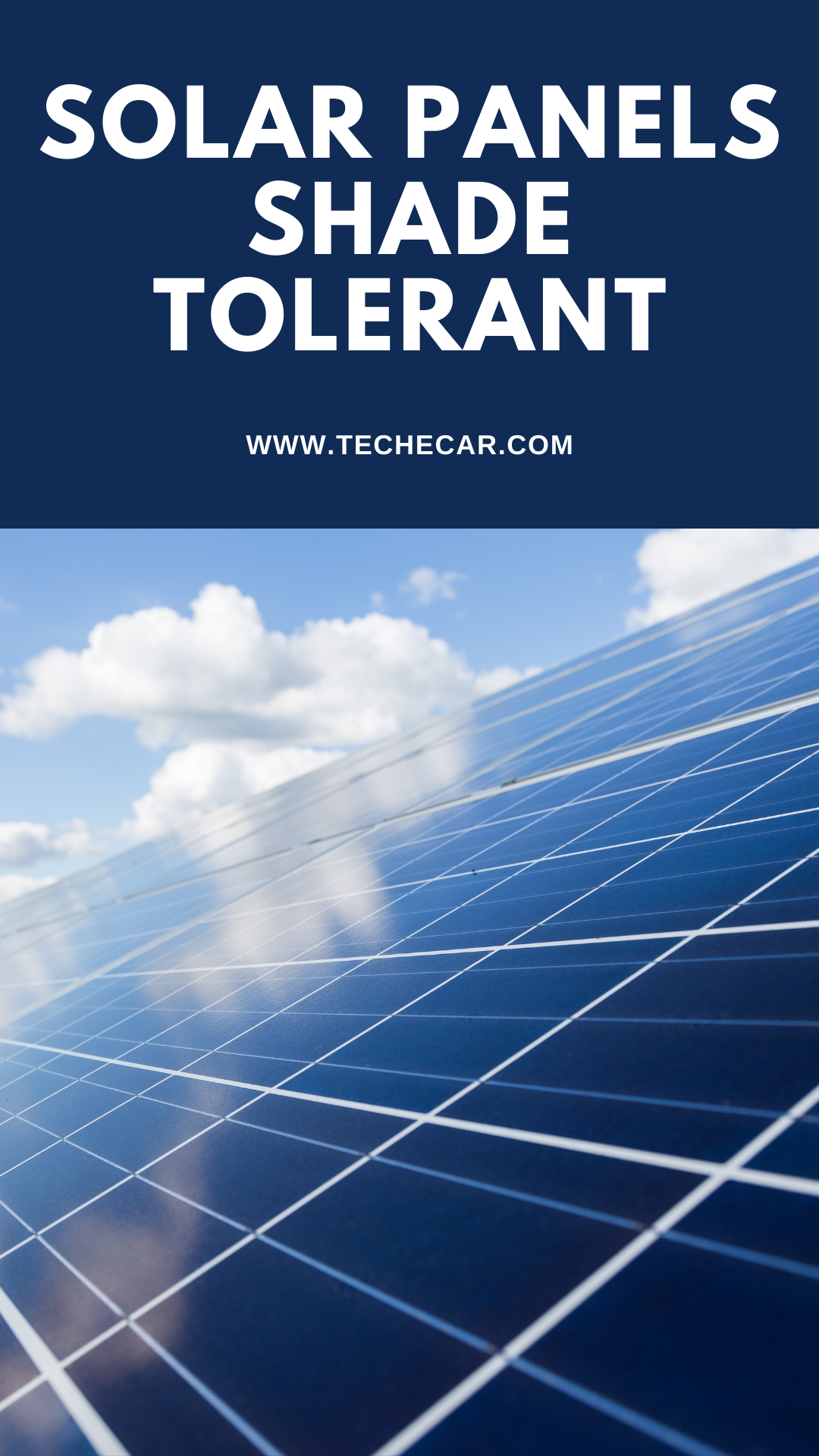

Solar Panels Shade Tolerant
When trees or buildings produce partial shadows on a solar panel, electricity is drastically reduced. Some panels are specifically built to handle this.
Low-light situations are common, and solar panels are well-equipped to manage them.
Your solar panels should continue to create power, whether it’s cloudy, wet, or simply early in the morning or late in the afternoon. Your solar panels’ power production will fall, but the decrease will be linear for the most part. If the amount of sunshine falls by half, the output of most panels will also fall by half.
However, when a shadow only partially obscures a solar panel, an amusing situation arises. You may expect the power output to reduce by half if you block light from half of a panel and leave the other half in direct sunshine. That, however, is not the case. What happens is that the power output drops dramatically, losing more than half of its original value.
Manufacturers can take a few techniques to make solar panels that operate better in partial shade situations like this. The first and most popular method is to utilise a bypass diode, an electric component.
The purpose of a bypass diode in a solar panel is to allow power to flow around shaded cells. Another option is to utilise half-cut solar cells. Half-cut solar cells expand the number of possible electric pathways in solar panels, making them more shade resistant.
The use of module-level power electronics, such as microinverters or power optimisers, is another option that does not include solar panel technology.
There are still more ways to enhance shade tolerance, although half-cut solar panels and module-level power electronics, particularly microinverters, are now commercially available and gaining popularity. As a result, a combination of half-cut solar panels with micro inverters or power optimisers may be the greatest option for creating a solar panel system that operates well in the shade.
It’s okay if this all sounds like a bunch of gibberish. This essay will attempt to explain topics straightforwardly.
Solar panels with bypass diodes
The amount of electricity lost by a solar panel when it is partially shaded is determined by where the shadow falls on the panel. A typical solar panel is made up of 60 individually wired solar cells. A solar cell loses power when it is shaded.
This loss of power raises the cell’s electrical resistance, limiting the flow of electricity from upstream solar cells. Without a means to mitigate this risk, a solar panel could lose all power depending on where the shadow falls.
The use of bypass diodes is the method that manufacturers utilise to address this partial shading issue. A bypass diode works as a traffic detour, allowing power to flow around shaded cells. The IEC 61215 testing standard mandates bypass diodes in solar panels.
Internally, a typical 60 cell solar panel is divided into three strings, each of which is protected by a bypass diode. The junction box, the small black box on the back of the panel, houses these diodes.
When a bypass diode is installed, power loss occurs within the same string, not the entire panel, when a single solar cell is shadowed. Although this can reduce the impact of partial shadowing on the panel, it is dependent on how the shadow falls on the panel.
Shade can come from various sources, not just trees, in a home rooftop installation. Shade problems can be caused by nearby buildings, chimneys, rooftop objects such as satellite dishes, variably inclined roof segments, and even leaves and bird poop.
While bypass diodes are required in all solar panels allowed for household use in the United States, certain manufacturers have developed other strategies to improve performance in this case.
Half-cut cells are one of these innovations, which effectively increase a solar panel’s ability to deal with shading challenges.
Solar cells that have been chopped in half
A half-cut solar cell is exactly that: a conventional solar cell that has been chopped in half. A panel with half-cut cells has 120 half-cut cells rather than the usual 60.
A half-cut solar panel’s wiring system results in a doubling of electrical routes through the panel. This means that instead of three internal strings, a panel will have six.
Two zones exist in a solar panel with half-cut cells, doubling the number of electrical paths through the panel. The bottom half of the panel will be unaffected if the top half is shaded.
Half-cut cells have lower resistance, which means they are more efficient.
The heat generated by electrical resistance is one of the reasons a solar panel loses efficiency. There is no such thing as a perfect conductor in an electrical system. Feel the cord when you’re done using a hairdryer the next time you use one. It will be hot, and this is due to electrical resistance in the wire, which wastes some of the current as heat.
In a solar panel, the same process happens. The following is the equation for power loss:
current2 resistance = power loss
This indicates that doubling the current (measured in amps) results in a fourfold increase in power loss. In contrast, halving the current reduces the power loss by a factor of four.
Half-cut cells benefit from decreased resistive power loss as a result of this. Each half-cut solar cell provides half the current of a full-sized cell, resulting in a power loss of 1/4 the size of a normal panel.
How much more efficient is a solar panel that has been half-cut?
Although the amount of resistive power loss within a panel isn’t significant, we’ve reached a point in solar panel technology where every small improvement helps.
A half-cut solar panel will boost absolute efficiency by roughly 0.5 per cent on average. This indicates that if your panel has an overall efficiency of 18 per cent, switching to half-cut cells will increase your efficiency to around 18.5 per cent.
Half-cut cells have several drawbacks.
The main downside of half-cut cells is that they are more expensive to manufacture due to the additional complexity. Additional wiring and a second junction box are required, resulting in higher material prices.
In addition, half-cut cells are manufactured by cutting regular solar cells in half. As a result of the cell splitting process, a small fraction of the cells breaks, increasing production waste.
Using half-cut cells necessitates extra wire and solder points, increasing the chances of wiring failures. It’s too soon to say, but panels with half-cut cells could have a greater failure rate.
As a result, while purchasing half-cut solar panels, paying close attention to the product guarantee is a good idea. The REC TwinPeak offers the best warranty of the products featured below, with a 20-year product warranty and a 25-year power warranty. The product warranty on several other panels is only 10 years.
Panel manufacturers who use half-cut cells
Despite the trade-off of increased production complexity, firms increasingly employ half-cut cells to achieve a competitive advantage in a highly competitive market.
Another advantage is that half-cut cells can be used in conjunction with other technologies to boost cell efficiency even more. For example, half-cut cells are used in PERC, heterojunction, and bifacial solar panels.
Note: Half-cut solar panels made in the United States are underway.
Suppose you’re looking for American-made solar panels. In that case, you should know that Hanwha (a South Korean business) is constructing a manufacturing factory in Georgia where its Q.Peak DUO G6 panel will be assembled.
The website claims that assembly will occur in Georgia, although it doesn’t specify where the cells would be made. When the product is released, this information may become clearer. In any event, if buying American is important to you, this product is something to keep an eye on.
Is it worth it to have half-cut cells?
Half-cut cells are one method for dealing with partial shade and increasing solar panel efficiency. Whether it’s worthwhile relies entirely on the state of your roof, which you should discuss with the installer in detail.
If you only need shading for a portion of the day, the cost of a premium panel may not be justified. When comparing panels, efficiency is only one factor to consider, and its higher efficiency doesn’t always justify the extra cost of a premium panel. To learn more about how to consider the different aspects of solar panels when determining which one to buy, read my post on finding the best solar panels.
Shaders, microinverters, and power optimizers
To be clear, this post is about the partial shade of a single solar panel, not shading that affects your entire array of solar panels.
The shade that falls across a portion of your array creates a system-wide issue comparable to partial shading of a single solar panel. This is because, like individual cells in a panel, the panels in an array are generally wired in series. As a result, restricting light on a single panel might impact the entire array.
Your inverter selection is the key to solving this problem. Microinverters and power optimisers are two types of inverters that help your array deal with system shading better. Both will help you maximise the power output of your system but at a larger expense.
Solar Panels Shade Tolerant
Photovoltaic panels
Solar panels are made up of several connected cells, allowing power to flow through the panel. When one of the solar panel cells gets shaded, the flow of power is disrupted. The flow of electricity is worse if a cell at the end of the series is shaded than if a cell near the beginning of the series is shaded.
As a result, the amount of power generated by the panel when shaded is determined by where the shadow falls. A cell that loses power causes an electrical resistance, which prevents power from flowing upstream from the other cells in the panel. The panel’s ability to generate electricity could be completely lost.
Manufacturers of solar panels strive to solve this problem by including bypass diodes in the three wired strings of cells. Each string of cells usually has one bypass diode attached to it.
The diodes allow electricity to flow around the darkened cells, bypassing them. The panel may still provide some electricity despite the loss of power from the string of cells where shading occurs.
A densely shadowed panel array, on the other hand, can fall below the inverter’s input voltage, forcing the system to stop delivering electricity to the grid. The entire panel system is limited to the reduced current that can flow through the shaded panel if there isn’t enough shade on a panel to induce any of the diodes to activate. Optimisers are required at this point.
Microinverter-equipped solar panels
Solar panels with microinverters are ideal for dealing with shadow issues since if one panel is shaded, it will not affect the rest of the panels. Microinverters are similar to Christmas lights in that if one goes out, the others continue to function.
When each solar panel is connected with microinverters, it acts as if it were its separate solar system, operating at maximum capacity independently of the output of the other panels in the system. When it comes to whether solar panels operate best in the shade, the answer is that microinverter-equipped panels lessen shading issues.
Another benefit of microinverters is that they convert DC power to AC power at each panel, decreasing fire risk by eliminating the requirement for a DC isolator on the roof.
Evaluation of the hues
Any competent solar panel installation can assess the amount of shade on your roof. Some gadgets can determine the shading factor and the output of a solar system. Because rain must run off solar panels, it is advised that panels be put at an angle of at least 10 degrees. A tilting frame may be required if your roof is flat.
Conclusion
People all over the world are increasingly turning to renewable energy. Solar panels are affordable to “go green” and reduce your carbon impact. Don’t be discouraged from installing a solar system if you have any shadowing on your roof.
Inquire with the specialists, and acquiring high-quality panels with microinverters could be the solution to your solar panel shading issues and the subject of which solar panels operate best in the shade.
Cool or Cosy has a lot of experience installing solar panels in Adelaide. We know which solar panels perform best in the shadow and provide you with a solution. We’ll come to you and provide you with a free shadow assessment and price.
People Also Ask:
Which solar panel works best in shade?
Solar panels with microinverters are ideal for dealing with shadow issues since if one panel is shaded, it will not affect the rest of the panels. Microinverters are similar to Christmas lights in that if one goes out, the others continue to function.
Are there solar panels that work in shade?
Yes, solar panels can work in the shadow, but they will produce less electricity than ideal conditions. Solar panels were made using the following technology: Half-cut photovoltaic cell technology is used in newer solar panels to lessen the impact of partial shade.
How much shade can solar panels tolerate?
Renewable Energy and Efficient Electric Power Systems, Gil Masters of Stanford University demonstrates how shading just one out of 36 cells in a tiny solar module may lower power output by approximately 75%. That’s accurate; only darkening 1/36 of the cells can cut power output by 75%.
What happens if some solar panels are shaded?
If just one cell (out of the customary 60) in one of your solar array’s panels gets shaded, the whole output of your system can decline by 30-40%. If the current going through your solar panels is interrupted by a shaded cell, the end output is throttled, just like a clogged pipe or kink in your hose.
Recommended Articles:


